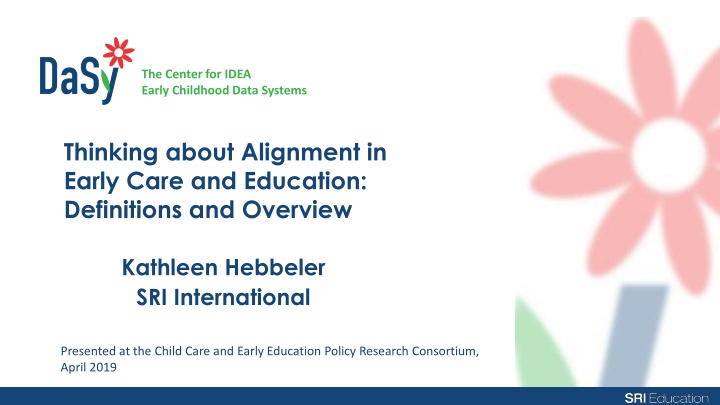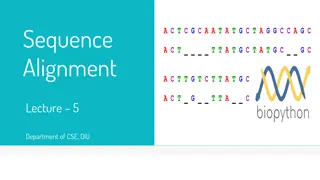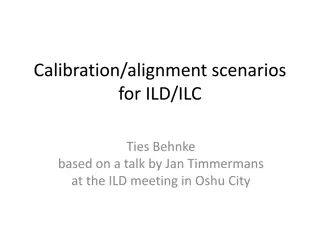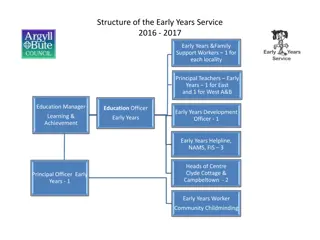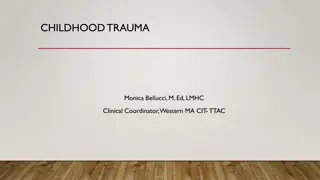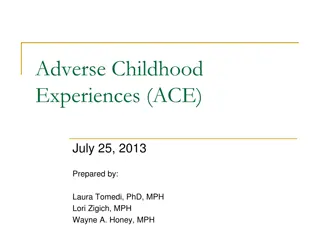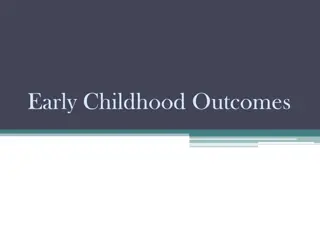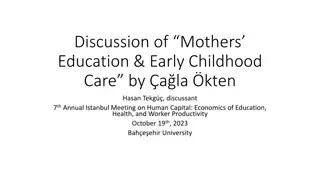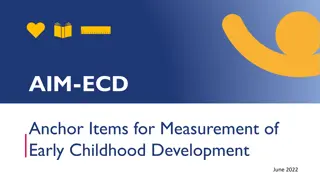Enhancing Early Childhood Education Systems through Alignment and Integration
Exploring the concept of alignment and integration in early childhood education systems, this article emphasizes the importance of interconnected components working towards a common goal. It discusses the benefits of aligning health, education, and human service systems to create coherence of purpose. Aligning standards, curriculum, and assessment leads to improved quality, consistency, and equity in programs, benefiting children and families while optimizing resource efficiency.
Download Presentation

Please find below an Image/Link to download the presentation.
The content on the website is provided AS IS for your information and personal use only. It may not be sold, licensed, or shared on other websites without obtaining consent from the author.If you encounter any issues during the download, it is possible that the publisher has removed the file from their server.
You are allowed to download the files provided on this website for personal or commercial use, subject to the condition that they are used lawfully. All files are the property of their respective owners.
The content on the website is provided AS IS for your information and personal use only. It may not be sold, licensed, or shared on other websites without obtaining consent from the author.
E N D
Presentation Transcript
The Center for IDEA Early Childhood Data Systems Thinking about Alignment in Early Care and Education: Definitions and Overview Kathleen Hebbeler SRI International Presented at the Child Care and Early Education Policy Research Consortium, April 2019
A system is a set of interacting or interdependent component parts forming a complex/intricate whole. A system s overall purpose or goal is achieved through the actions and interactions of its components. A loosely coupled system: Health, education, and human service systems generally are loosely coupled but can be aligned and connected to build coherence of purpose. Coffman, J. (2007). A Framework for evaluating systems initiatives. Boston, MA: The BUILD Initiative
Source: Melnick, H., Tinubu Ali, T., Gardner, M., Maier, A., & Wechsler, M. (2017). Understanding California s early care and education system. Palo Alto, CA: Learning Policy Institute.
Goal: Getting the parts to interact well Cooperate work or act together for a common purpose Coordinate - bring the different elements of (a complex activity or organization) into a relationship that will ensure efficiency or harmony Align make adjustments for coordinated functioning Integrate combine one thing with another so that they become a whole Horizontal (within an age group; e.g., Head Start to child care) Vertical (across the age years; e.g., PreK to Kindergarten)
Systems assumptions: Alignment/integration leads to better quality and improves consistency/equity. There are not multiple, conflicting definitions of quality (for programs, personnel, etc). Duplication, conflicting regulations, inconsistencies, lack of coordination are inefficient and waste precious resources. Transitions between poorly aligned programs can be disruptive for children and families. Well-functioning federal infrastructure What are the intended outcomes? [C] Well-functioning state infrastructure [C] Well-functioning local infrastructure Improved child and family outcomes [C] High quality programs - Aligned standards, curriculum, assessment - [C] Qualified personnel - Smooth transitions - Etc. Assumptions: Children are/will be in multiple programs between birth and 8 Local providers operate multiple programs. [C] = Consistency 10
Visit the DaSy website at: http://dasycenter.org/ Like us on Facebook: https://www.facebook.com/dasycenter Follow us on Twitter: @DaSyCenter 11
Thank You The contents of this presentation were developed under a grant from the U.S. Department of Education, #H373Z120002. However, those contents do not necessarily represent the policy of the U.S. Department of Education, and you should not assume endorsement by the Federal Government. Project Officers, Meredith Miceli and Richelle Davis. 12
